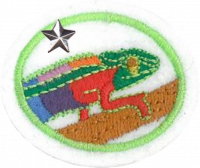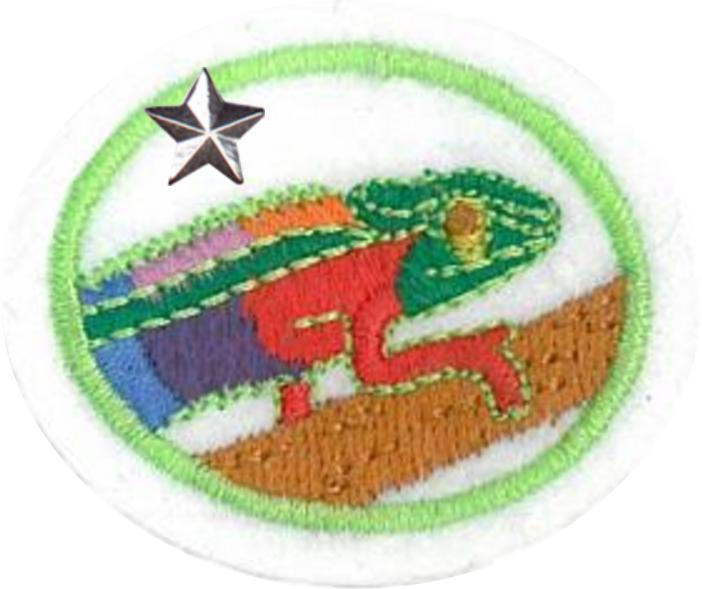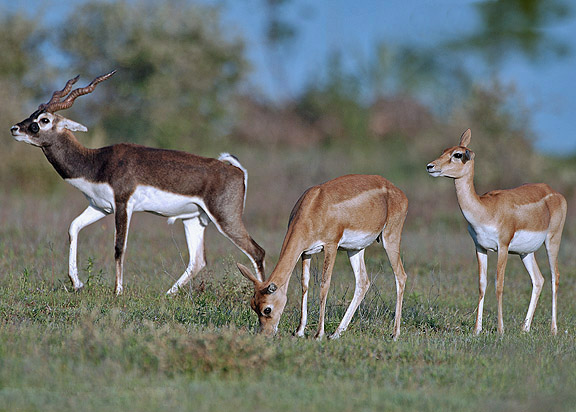Especialidades JA/Camuflaje animal - Avanzado/Respuestas
Nivel de destreza
2
Año
2015
Version
02.12.2025
Autoridad de aprobación
División Norteamericana
1
Para consejos e instrucciones, véase Camuflaje animal.
2
3
There a few different recognized types of visual animal camouflage:
The California ground squirrel chews up and spits out rattlesnake skin, then applies the paste to its tail. The ground squirrel smells somewhat like its main predator. The rattlesnake, which senses by smell and body heat, gets confused and reluctant to attack another venomous snake.
Some insects, notably some Noctuid moths (such as the Large Yellow Underwing) and some tiger moths (such as the Garden Tiger), were originally theorized to defend themselves against predation by echolocating bats, both by passively absorbing sound with soft, fur-like body coverings, and by actively creating sounds to mimic echoes from other locations or objects (a "phantom echo" which might therefore represent "auditory crypsis"), with alternative theories about interfering with the bats' echolocation ("jamming").Subsequent research has provided evidence for only two functions of moth sounds, neither of which involve "auditory crypsis"; tiger moth species appear to cluster into two distinct groups: one type produces sounds as acoustic aposematism (warning the bats that the moths are unpalatable) or are acoustic mimics of unpalatable moths, and another type that uses sonar jamming. In the latter type of moth, detailed analyses failed to support a “phantom echo” mechanism underlying sonar jamming, and instead pointed towards echo interference.
3a
Most animals and bugs in the desert are brown to better blend with their surroundings. The kit fox is an example
3b
3c
A number of animals use Concealing Coloring in the Arctic to blend in, these include the snowy owl, arctic fox, snowshoe hare and others. Some of these use seasonal variation as well.
3d
Disruptive coloration is used by tigers and some deer etc to blend into the forest. The potoo bird uses disruptive coloration and a specific method of perching on branches and stumps that makes it blend in.
Walking sticks and leaf insects use disguise to look like vegetation.
3e
Penguins use Above/below countershading when fishing. From above they are dark, like the water, but from below they look light like the sky
Gulls also blend with the light sky from below but with darker water when viewed from above.


4
4a
4b
4c
4d
4e
4f
There are too many possible answers for us to supply. See examples in Requirement #3 and [here]. Happy picking.
5
5a
- i. Hacer una lista de cada animal.
- ii. Hacer una lista de qué tipo de camuflaje usa.
- iii. Hacer una lista del entorno/hábitat donde habitan en la naturaleza.
- iv. Usando un diagrama de Venn o su equivalente, comparar y contrastar tres de los animales con atención específica a su uso de camuflaje.
| Tip for earning from home during the pandemic | |
| Requirement 5a can be done with virtual zoo visits. Many zoos have webcams and virtual tours available. |
5b
- i. Decir qué tipo de camuflaje usa.
- ii. Decir en qué entorno/hábitat habita en la naturaleza.
- iii. Usando un diagrama de Venn o su equivalente, comparar y contrastar su uso del camuflaje con un animal similar que no usa al camuflaje.
- iv. Describir qué papel hizo en su cuidado y si alguna vez usó su camuflaje animal para esconderse.
The answers for this requirement are very dependant on what animal you choose. Snakes, reptiles, fish and birds are likely candidates for completing the honor. You might be able to cover the practical requirements for an honor like Bird Pets, Fishes, Reptiles or Small Mammal Pets at the same time.
5c
- i. Hacer una lista de cada animal.
- ii. Hacer una lista de qué tipo de camuflaje usa.
- iii. Hacer una lista del entorno/hábitat donde habitan en la naturaleza.
- iv. Usando un diagrama de Venn o su equivalente, comparar y contrastar tres de los animales con atención específica a su uso de camuflaje.
A "docent" is a person who acts as a guide, typically on a voluntary basis, in a park, museum, art gallery, or zoo. Interpretive media could be pamphlets, videos, signs, or an audio tour. In other words, don't just wander around, use the resources available to you at the park or protected area to learn whatever you can.
A Venn diagram is a set of overlapping circles (or other shapes) used to define sets.
6






